News Archive
Some images of the campaign
These are some of the images that the SuperTIGER team shared along the more than two months that the campaign endured
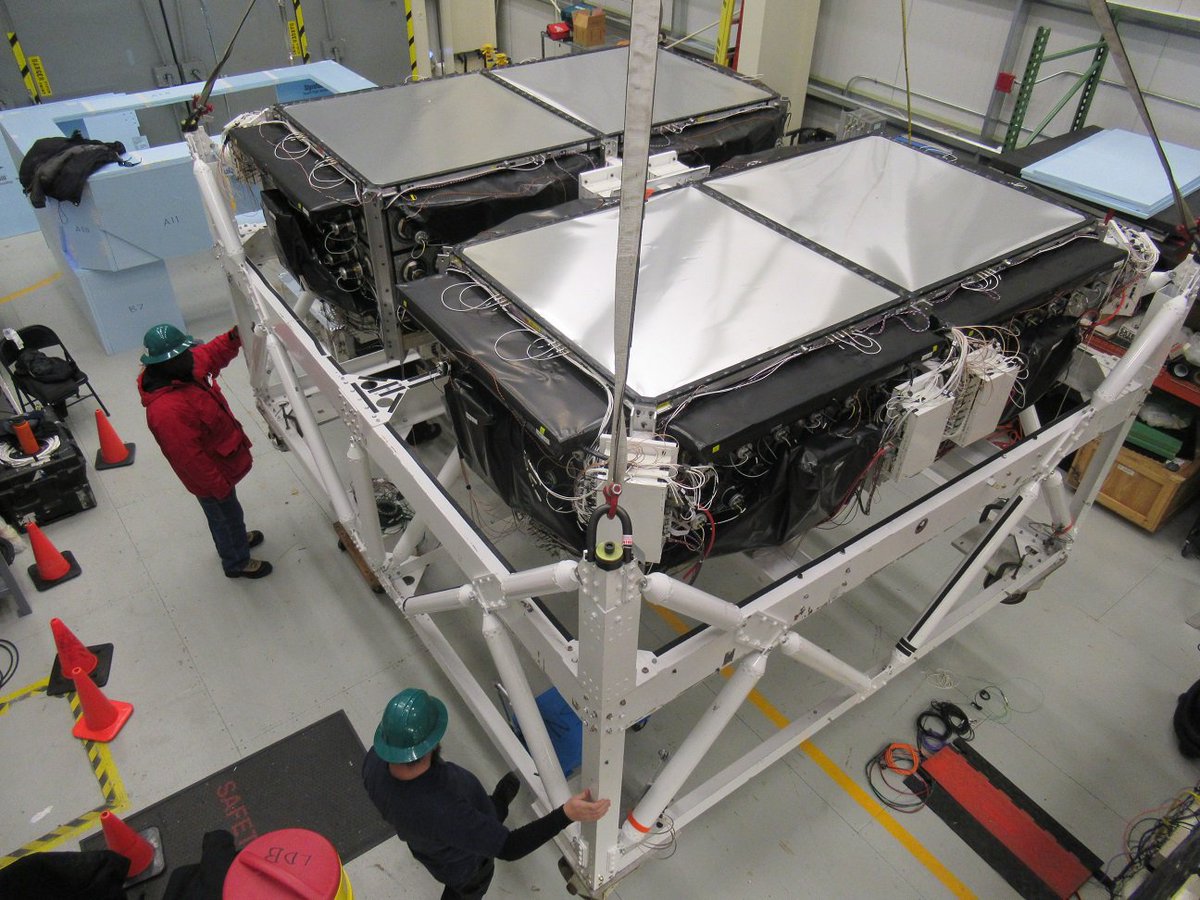
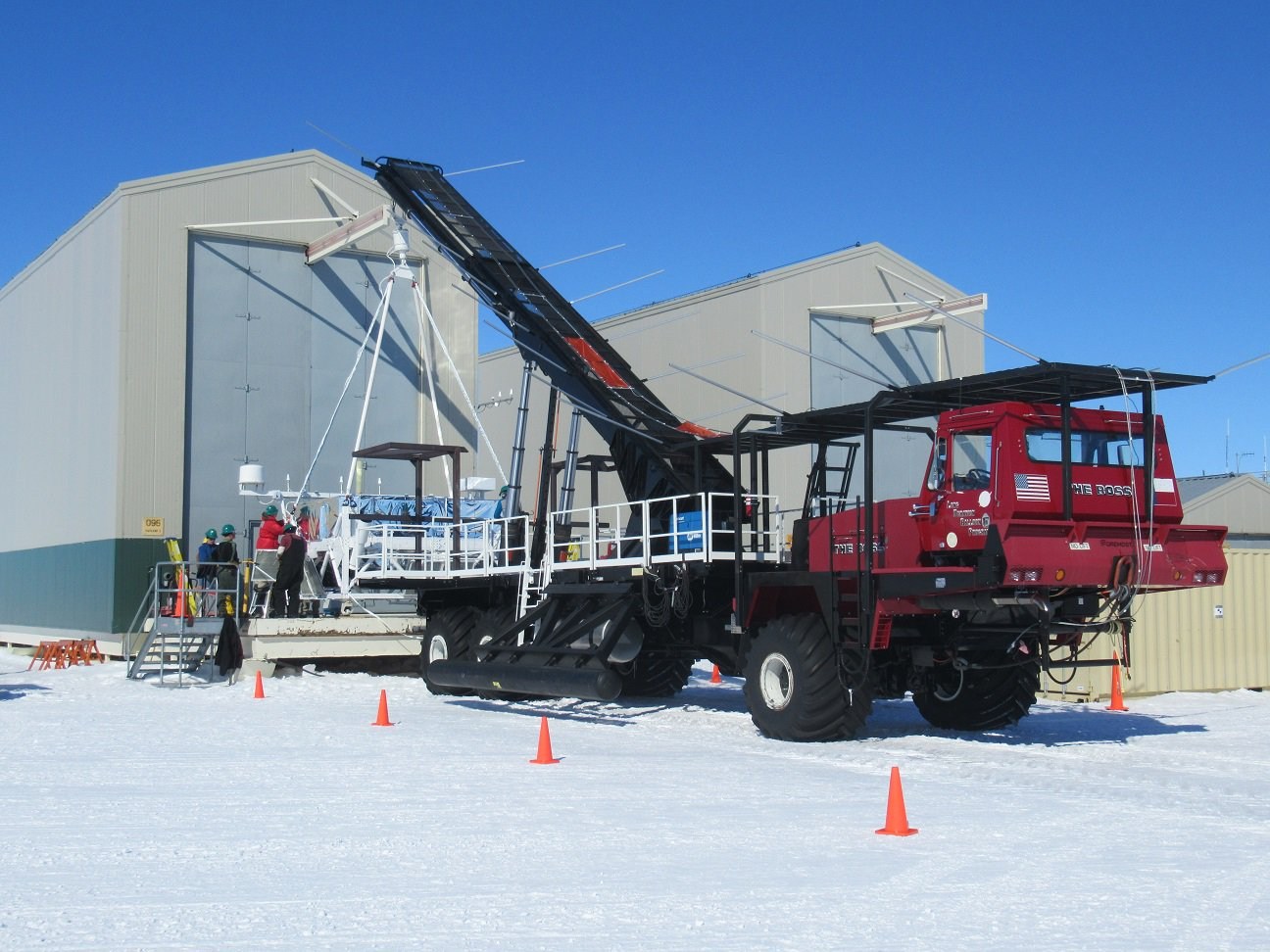
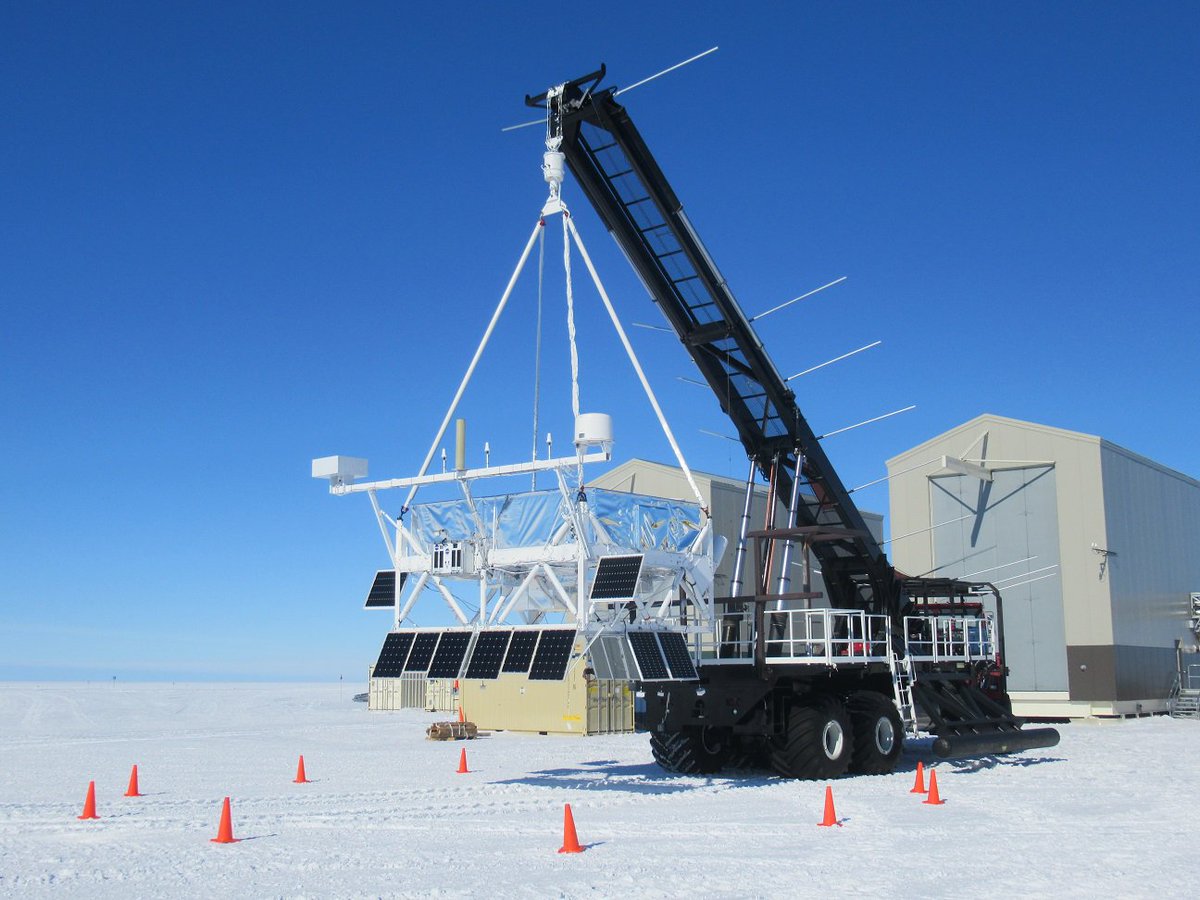
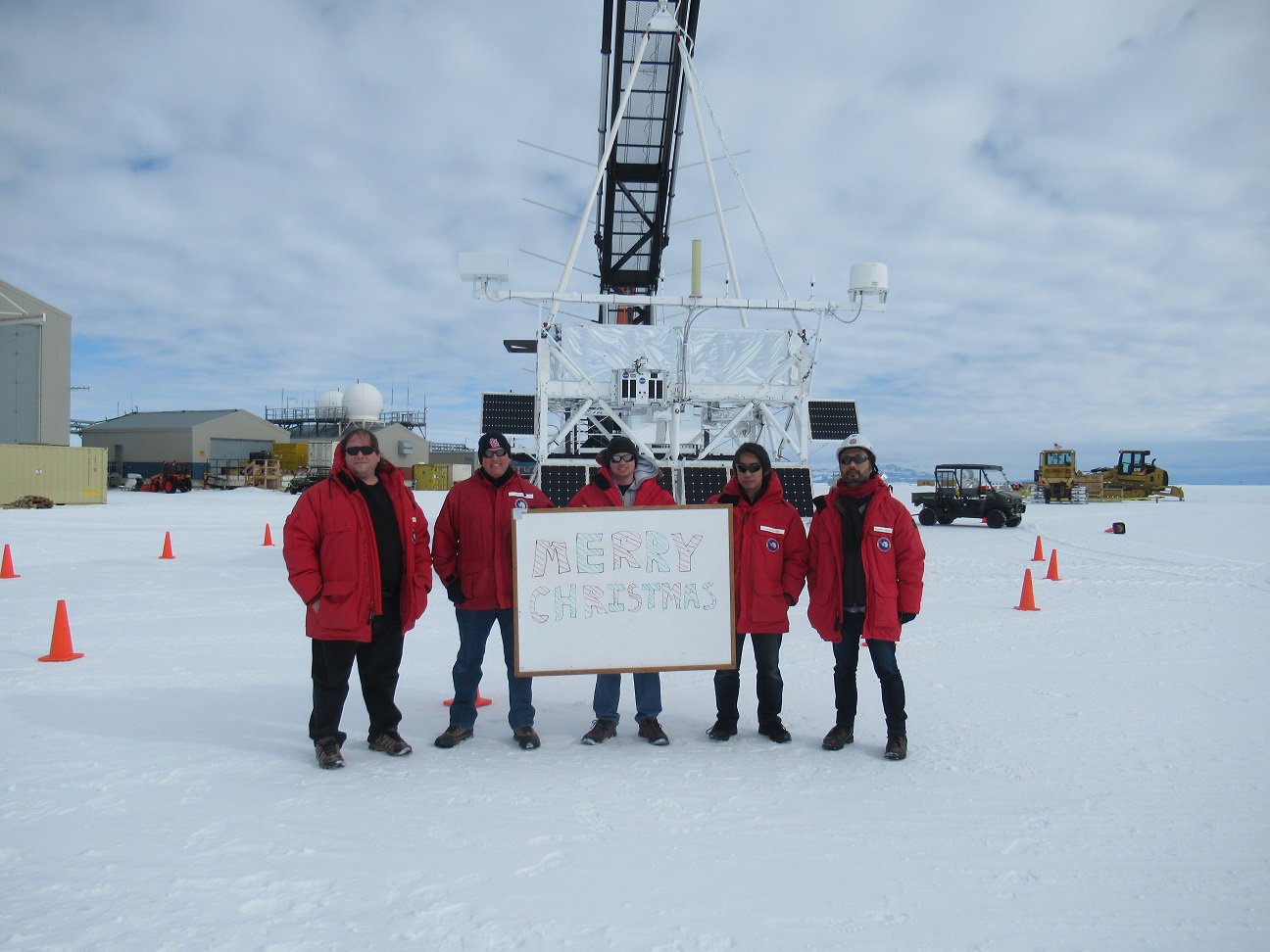
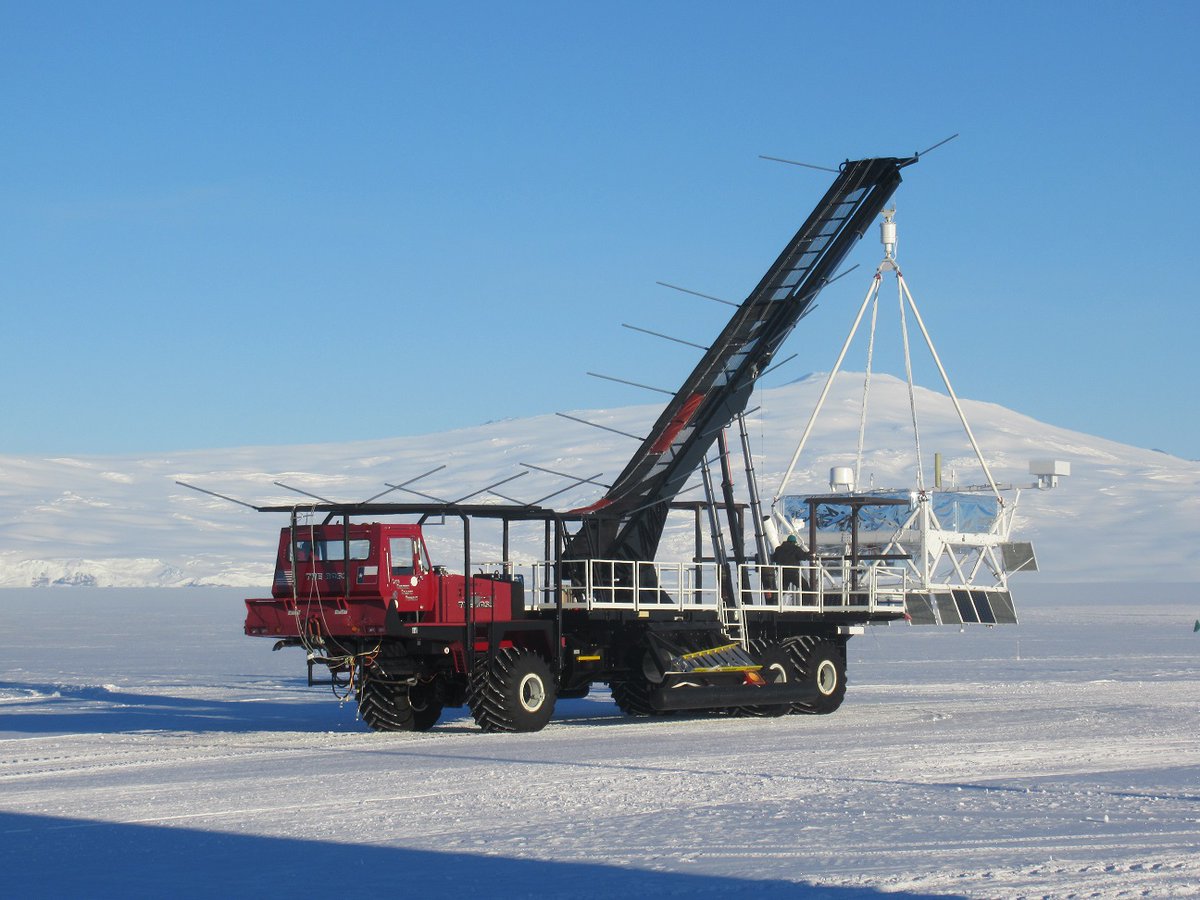
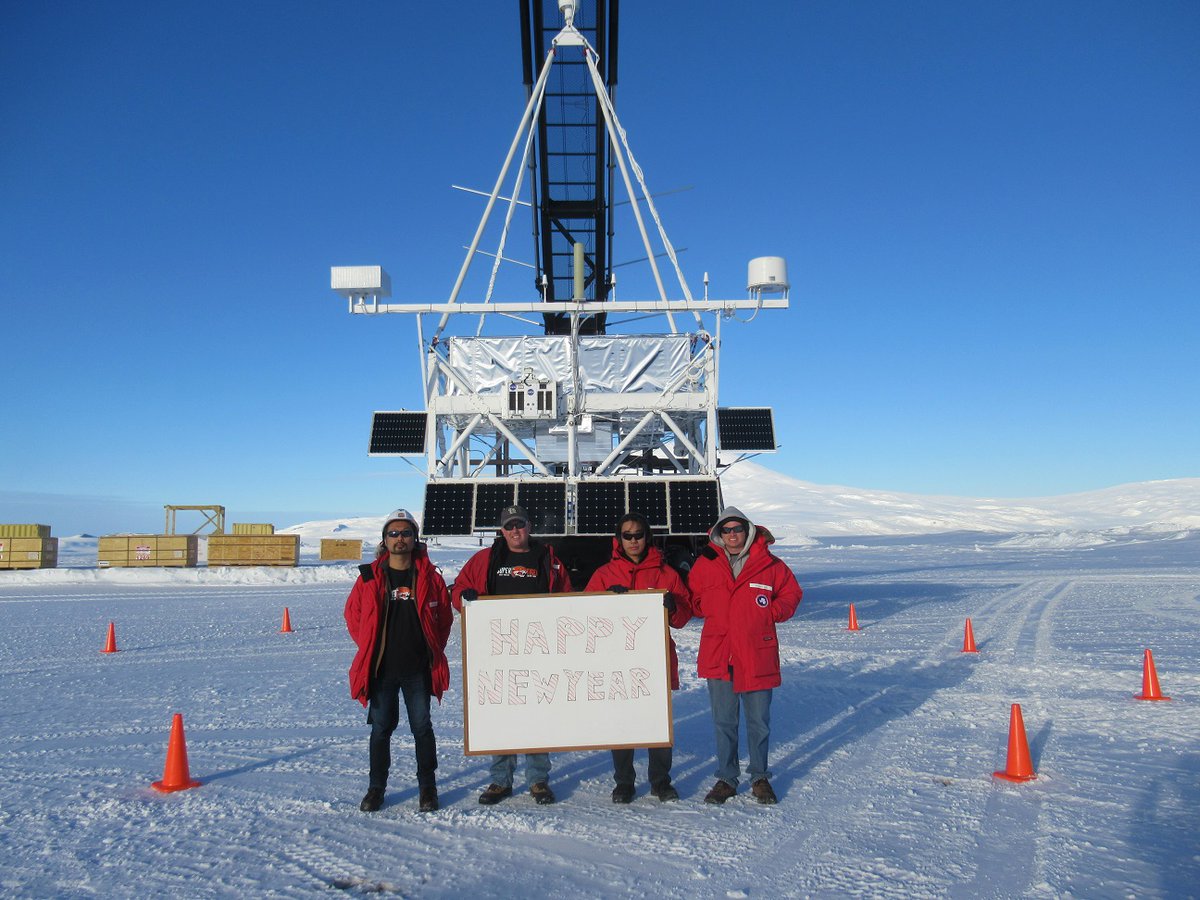
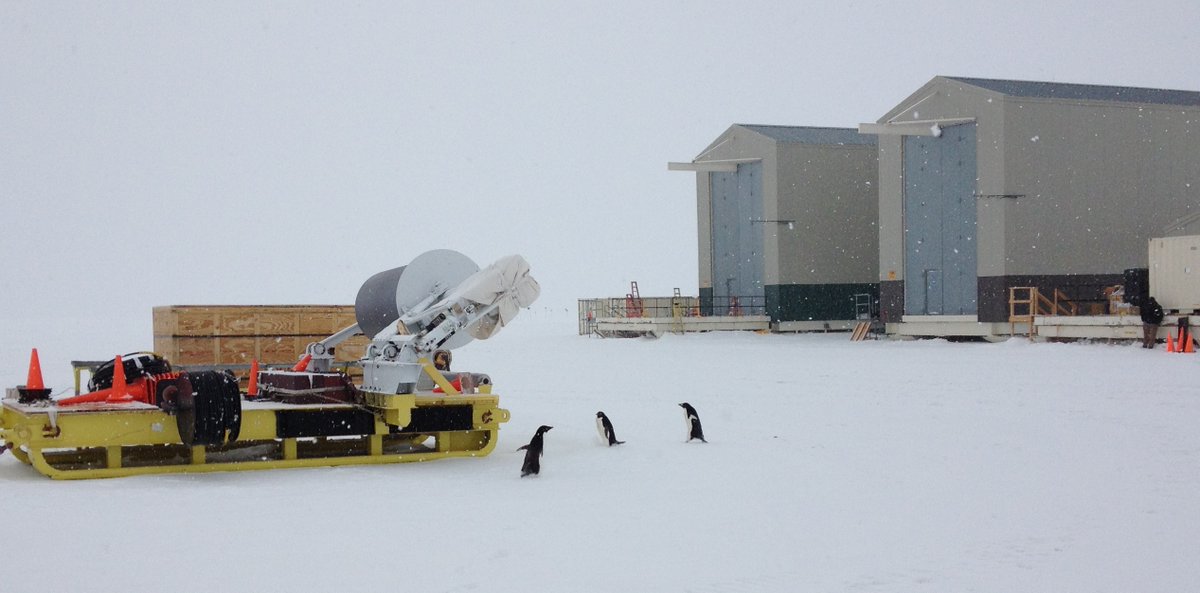
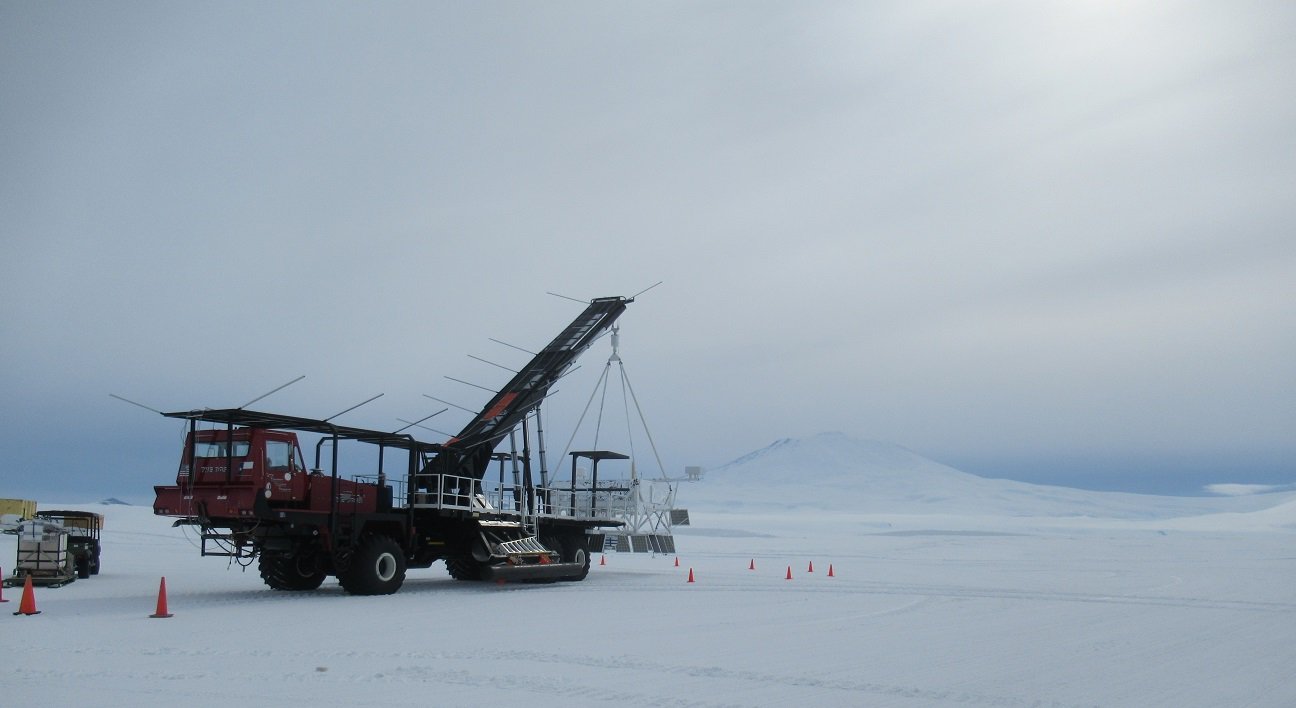
-
January 19 2018
Antarctic balloon launch campaign ends without flights
McMurdo Station, Antarctica.- The weather did it again. The Nemesis of NASA's balloon program during the campaigns carried out last year, does not seem willing to resign its role in the new year that just started. As a result, after sixteen attempts performed from December 8th to January 14th, it was decided to cancel the campaign carried out in the Long Duration Balloon facility near McMurdo Station, without being able to launch the only payload taking part of it.
The communication of the end of the campaign was made a day after the last launch attempt by the scientists from Washington University in St. Louis which were in charge of the operation of the SuperTIGER instrument. In a later communication they informed that instead returning to the United States, the payload will be put in special storage at McMurdo Station to survive the Antarctic winter to be hopefully launched next summer.
SuperTIGER stands for Super Trans-Iron Galactic Element Recorder and is an instrument built with the goal of measuring the elemental composition of ultra-heavy galactic cosmic-ray nuclei, whose origin is one of the enduring mysteries in astrophysics.
It was developed through a collaboration among Washington University in St. Louis, NASA's Goddard Space Flight Center, California Institute of Technology, Jet Propulsion Lab, and the University of Minnesota. The instrument is an augmented and improved version of TIGER, another experiment which was flown in Antarctica twice in 2001 and 2003.
Below these lines we can see a basic scheme obtained from a paper published in 2014 in The Astrophysical Journal.
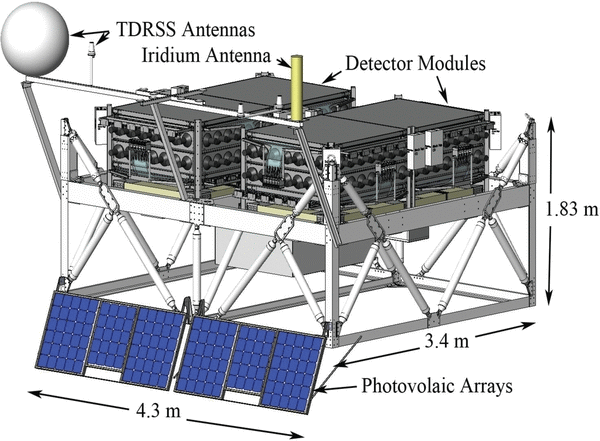
The campaign had started as usual in early November with the arrival of the scientific team from the United States via Christchurch, New Zealand. After the mandatory survival training for anyone setting a foot in the ice, they meet on November 18 with the containers that transported the disassembled instrument and started the integration process. The task was completed by December 6, when was held the compatibility test and the instrument was declared flight ready.
Two days later, the first launch opportunity appeared but after being picked up by "The Boss" (the launch vehicle that you can see in the images at left, named after Antarctic explorer Ernest "The Boss" Shackleton) weather started to deteriorate and the attempt was cancelled.
Coincidentally, that date was the 5th anniversary of the previous balloon flight of SuperTIGER, which was launched in 2012 and was quite a succesful mission: it endured aloft more than 55 days, setting a new record for zero pressure balloons with payloads of that size. However, the mission ended too late in the season to be recovered and was left on the ice until the next summer, but the next summer the recovery effort was thwarted by the partial U.S. government shutdown that occured in late 2013. As a result it was left on its remote landing spot two years, before being recovered.
Two more attempts on 13 and 16 December ended with cancellations and on December 18th, took place the closest to launch attempt on which even the parachute was attached to the instrument, but ended the same way. Attempts 5, 6 and 7 occured on December 18, 20 and 23 to no avail. Two days after Christmas it was the last attempt of the year. After that, a few days of really bad weather prevented any launch effort until the first day of 2018 that resulted in the ninth cancellation. Attempts 10, 11, 12 and "lucky 13" took place on December 2, 3, 6 and 7 respectively. By this moment time was running out: the late they could launch in the season the shorter the flight will be.
15th attempt -including the rare visit of three Adelie penguins at the camp- was held on January 13th with similar result, and the following day took place what would be the last attempt of the season. Two days later the news of the cancellation arrived with a final sentence: "It's a harsh continent Antarctica"
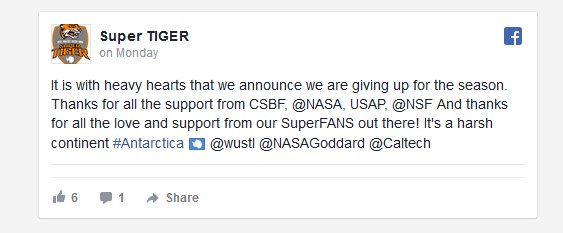
Despite the frustration, a few hours after the announcement of the cancellation, to add a sense of humour to the situation, the team revealed to the public the "official patch" of the campaign. Quite eloquent!.

(The phrase "Sweet Sixteen and never been launched" I think could refer to a popular song that was recorded by The Blue Mountaineers and released in 1932 as "Sweet Sixteen and Never Been Kissed". It was a very popular song at the time.)Notably, SuperTIGER was not the only victim of the early termination of the campaign. A small payload that was to be attached to the external part of the gondola frame of SuperTIGER to fly with it was not able to acomplish it's mission.
The passenger name is E-MIST (Exposing Microorganisms in the Stratosphere) and is a development from NASA Ames Research Center. It is an autonomous hardware system that mounts to the exterior of scientific balloon gondolas, with four independent sample holders for exposing pre-loaded microbiological samples to the stratosphere which can then be returned to the ground for analysis.
The module intended to fly during the SuperTIGER mission contained five dormant microbial strains inserted inside the payload in triple containment. Althought it was flown before in several NASA balloon missions over the United States, this was meant to be the first time to take part of a long duration mission. Below these lines we can see E-MIST in detail and once it was attached to the gondola frame.
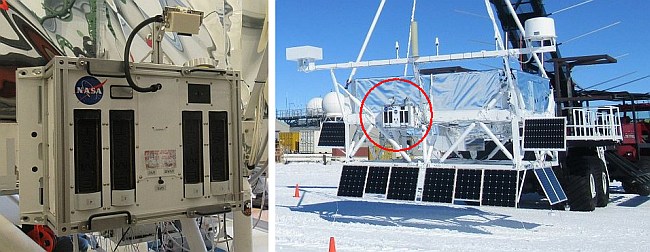
A final detail that I've left for the end of this chronicle is what occured back in July with the instrument which would be the campaign partner for SuperTIGER.Originally the 2017/2018 balloon launch campaign in Antarctica would be included two instruments, one the aforementioned SuperTIGER, and also a telescope known as BLAST-TNG designed to observe the polarized thermal emission from interstellar dust. Sadly, last July while working on it -just before the integration process that is mandatory at the NASA balloon base in Palestine, Texas before sending an instrument to the ice- there was a small explosion in the cryostat (the device that cools the detectors and optics of BLAST enough to capture the faint radiation from the stellar background) and as a result, they were forced to quit from the campaign, due to the fact that they could not meet the deadline for the integration in Texas. The good news were that nobody in the team received injuries and after some repairs, in November the cryostat was back in the Lab. in Philadelphia.
The history ends with the telescope being moved in the NASA Balloon program launch schedule to the next Antarctic campaign to be held in 2018/2019.
So...the next austral summer both instruments (BLAST-TNG and SuperTIGER) will be together in the Long Duration Ballooning camp at Williams Field, waiting to fly as intended, a year later than planned. That was I call a twist of the destiny ... or rather a whim of the climate.
The choice is yours.
-
Share this on social media


